xarxes-socials

Who would have imagined that in little over 15 years (Linkedin was launched in May 2003 and Facebook in February 2004) the social networks would have become so important for society, with literally billions of interconnected users?
Social platforms have multiplied since then and each passing year there is an exponential increase in their infiltration among internauts. In fact, they have practically become the main sources of information and content sharing for a large number of users, especially for young people.
According to data from Idescat, in 2017, 92% of young people between the ages of 16 and 24 had accessed the Internet to participate in social networks, and 85% aged between 25 and 35. if we look at this by collective, access to social networks rises to 93.3% for users categorised as students.
People aged between 16 and 74 who have used the Internet in the las three months. Catalonia 2017
The aforementioned Facebook, or other platforms like Twitter, Instagram, YouTube, or, more recently Snapchat, and even Spotify, are increasingly gaining in weight when it comes to information consumption, especially if we compare them to the traditional media (the written press, radio and television).
Furthermore, besides moving users towards new platforms, the networks have introduced a new element: two-way communication. Users, no longer mere spectators, are now in the limelight, creating and broadcasting their own content. This, in turn, has forced the media, companies and institutions to open up to dialogue with their followers, who know these bodies no longer have an iron grip on everything that is said about them. The social networks have dramatically and disruptively changed communication.
This ever-growing trend has led to the need for institutions and companies to strategically consider their positioning on social media, beyond the replication of content produced and designed solely for corporate websites. This is particularly relevant for universities, who are seeing how their public, mostly young people between 18 and 30, are changing their content consumption habits at a dizzying pace and, therefore, must adapt to new scenarios to avoid missing the boat and being relegated to the category of archaic institutions.
The eruption of these new content-sharing platforms in the communications sphere has blown away the players with the powers to influence society as a whole. In a way they have democratised the communications arena by giving all users a loudspeaker. But they have also introduced new, contemporary issues such as fake news, the so-called “likes dictatorship” or the gradual loss of the private sphere as a consequence of so much public exposure.
And that is what prompted us to ask teachers and researchers for their opinions on the subject. What is their personal experience and how have they been affected by social media in their respective fields?
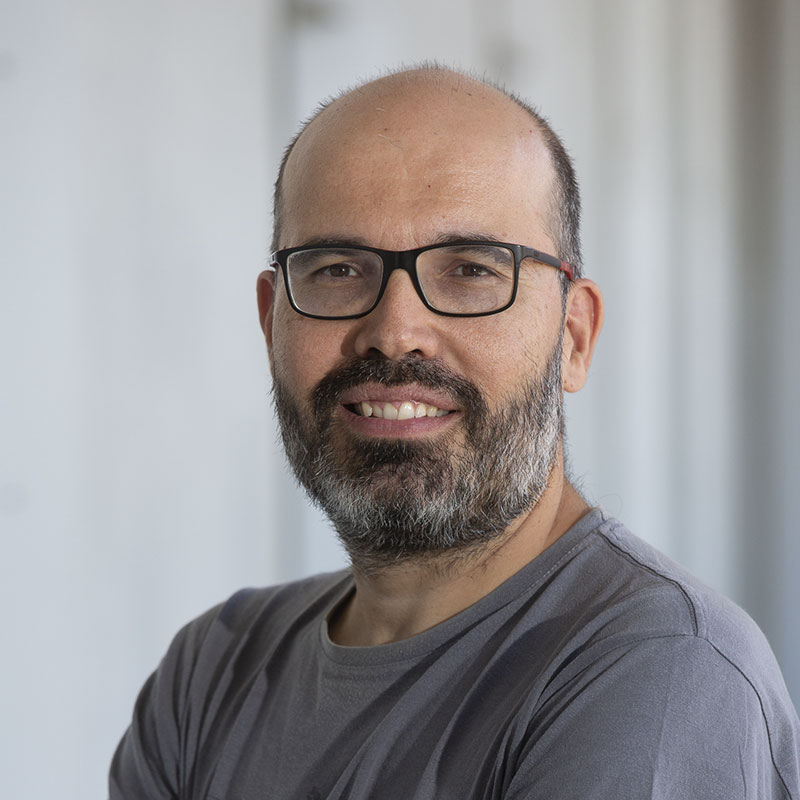
“Social networks are a necessary element on the path towards building a democratic society”
Jordi Mir, Departament of Humanities
“I don’t care what La Vanguardia says, I’ve got Twitter!” That’s what we were told during research we undertook in 2011 by a young local activist who, a few years later, went on to become a member of the Catalan Parliament. Was she exaggerating? Can we compare our Twitter account with the most successful media outlets in our society? She used Twitter to vent her anger, but does it have any another purpose?
The social networks (Facebook, Twitter, Instagram...), each with their own characteristics and differences, have contributed to changing the way we are and the way we do things. That activist felt that Twitter was useful as a kind of megaphone, allowing her to compete with voices louder than her own. That and much more, according to a number of different studies.
Social networks have a great democratising capacity, they offer us possibilities that would carry a cost, in money or resources, that could be extremely high and maybe impossible to meet. Social networks can provide us with knowledge, and allow for the debates, interactions and different actions we want to undertake… We often hear criticism of the social networks, of what is said and done on them… There are a host of reasons for rethinking how they are used, and let’s not forget that Facebook, Twitter and Instagram are all business endeavours…. But we shouldn’t overlook a point that I believe is even more important: in large and pluralistic societies that want to be democratic, we need tools that will allow us to know one another, to meet, dialogue, debate and act. Social networks are a necessary element on the path to building a democratic society.
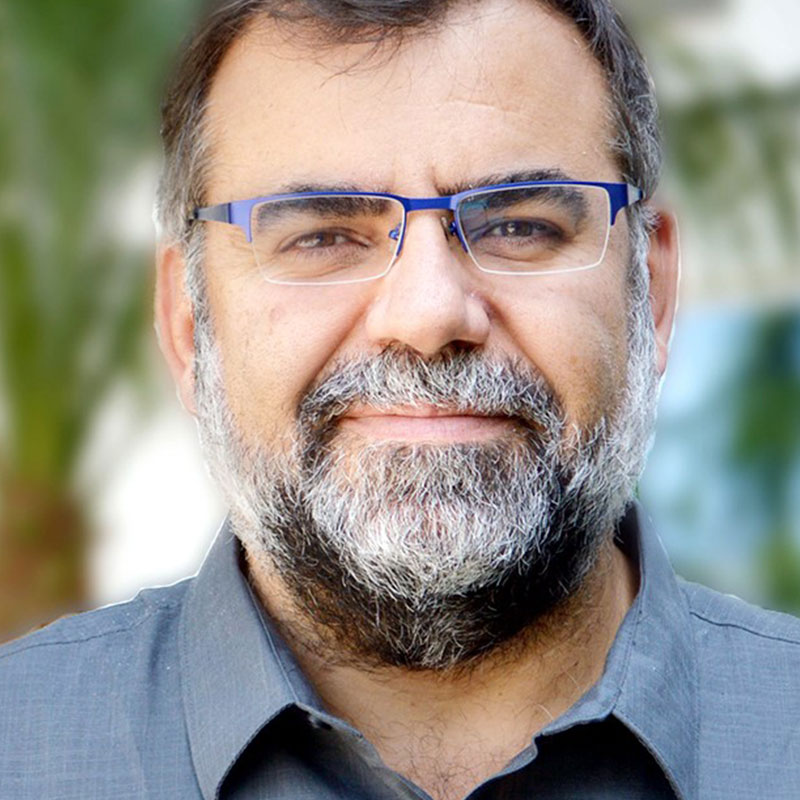
"The social networks will continue to invade other services, which will consolidate their market and bring them together on single platforms”
Ricardo Baeza-Yates, Departament of Information and Communication Technologies
I used Twitter to keep up to date and publicise important scientific events. LinkedIn for the same and, in addition, to publish work offers or calls for doctoral grants and to be informed and to inform regarding my research work through shared-interest groups. On Facebook I did all the above and used it to communicate with my closest colleagues. And, finally, Meetup, to find out about the events taking place near where I live and work.
The evolution and growth of the different social networks is largely focused on trying to take control of the space from the others. In some cases, through the acquisition of companies (Facebook bought Instagram, Microsoft bought Linkedin) or through major Internet companies that do not possess their own social networks and want to gain a position for themselves by creating new ones, often unsuccessfully, as is the case of Google+.
The social networks, for their part, will continue to invade other services, such as email, chat sites, image sharing…, which will lead to an even stronger consolidation of the market and to the convergence of all these services on single platforms. However, the fragmental nature of apps could partly counteract this process.
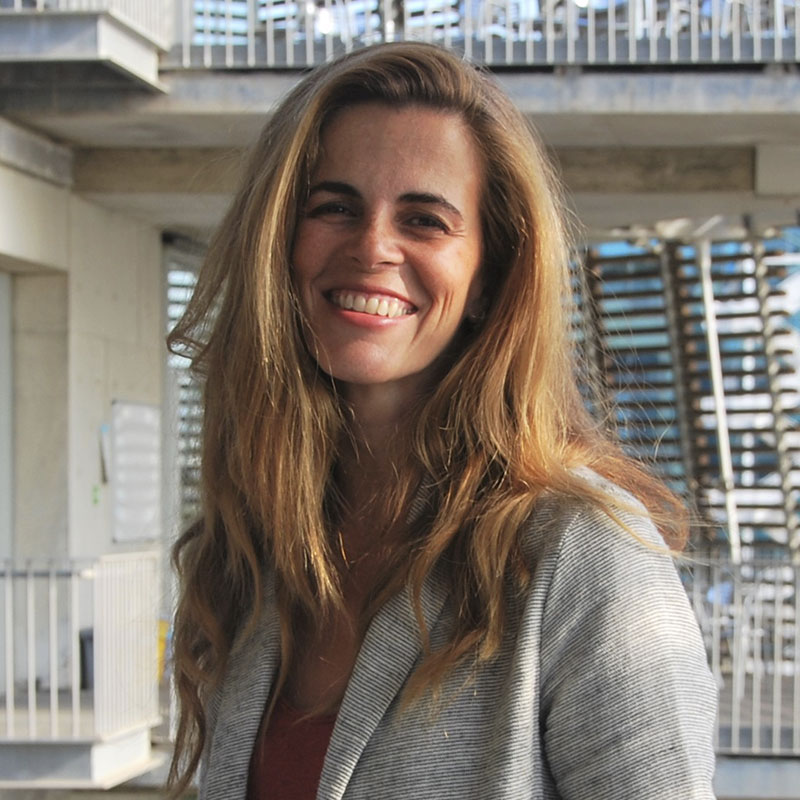
"The social networks have shown great potential to detect and predict health issues"
Angela Leis, Departament of Experimental and Health Sciences
The increasingly frequent and common use of the social networks like Twitter, Facebook or Instagram, on which users share their concerns, opinions and personal and health-related information, have shown great potential to detect and predict a diverse range of health issues, which was unthinkable a few years ago.
Recognising and interpreting the existence of certain patterns through the use of text and image analysis tools based on data mining, machine learning and big data tools, enables the detection of different pathologies, such as mental disorders or the efficient management of natural disasters. In an imminent future, this knowledge will surely aid healthcare institutions and professional in their decision-making, and enable them to control a diverse set of health issues, create personalised services and predict epidemics.

“We are all only just learning to use the social networks and assume the dangers they pose”
Daniel Cassany, Departament of Translation and Language Sciences
The social networks are a completely new genus, unlike email, books or even the web, which have simply “shed their skins”. We’re still in the expansion phase, and so everything is sure to change in the coming years. We seem to be heading from the text to the image, and from writing to speaking, because young people are no longer writing and instead are posting videos and photos. We are all only just starting to learn to use them for each different purpose (entertainment, business, as a learning tool), to draw distinctions between the different profiles (personal, professional, private, etc.) and to assume the dangers they pose (digital collapse, public exposure, distraction, etc.).
It is very worrying to see the ideological persecution of certain ideas -and not just a few- the imprudence of many internauts in giving away personal data, the proliferation of fake news and lies -which seems to be changing the nature of the news and how we read it-, or the insensitivity of some students in the classroom when they are more interested in their online chat than a fellow student’s presentation.
At UPF? Well we do the same as all the other institutions: Twitter for the higher-brow topics (politics, science or academia) and the rest for day-to-day applications (disseminating articles, teaching groups, communication groups for teachers or students, etc.). For many years now we’ve been moving towards becoming a “paperless” institution (or as close as we can get), so I guess in the future we’ll continue further in this direction. But I hope we don’t reach the dystopia portrayed only too well in Black Mirror ("Nosedive", 1st episode of the 3rd series).

"The social networks have transformed into remarkable hubs for scientific interaction and debate, as well as for information searching"
Horacio Saggion, Departament of Information and Communication Technologies
In the last decade, and in line with what is known as "user-generated content" on the web, new online services for sharing, connecting and disseminating research results have seen the light. Web portals like ResearchGate or Academia.edu are specifically scientific social networks that attract an increasing number of researchers and scientific institutions. This is also happening with LinkedIn, which has a more "professional" calling but is highly influential in the academic sector.
These networks have transformed into remarkable hubs for scientific interaction and debate, as well as for information searching. There is no shortage of universities and researchers that are active on these networks and also on the more traditional versions like Twitter and Facebook, which they use to disseminate and express opinions on particularly relevant issues: new publications, participation in scientific events, comments, etc.
When it comes to text mining and natural language processing, these networks are especially attractive, as they contain expert opinions as well as value judgements and scientific debates that can be gathered automatically and processed and interpreted to facilitate information searches, text classification, obtaining automatic responses, specialist research or the identification of emerging issues.
My interest is focused on how to make the most of such a wealth of information to better interpret scientific content and thereby improve information extraction or automatic summarisation systems.

"All researchers have to disseminate their work and converse with their colleagues, and the social networks help to do just that”
Carlos Alberto Scolari, Departament of Communication
Despite the catastrophic discourses that abound today, my experience with the social networks has been extremely positive. I’m on Facebook, Twitter Linkedin, Instagram and I currently do most of my blogging on www.hipermediaciones.com.
Although Facebook causes great uproar, it is a platform where I can share conversations with colleagues with whom I have a very “fluid” relationship in the “real world”. Twitter, however, is one of my main sources of information regarding academic and scientific matters. What is important is being careful with the list of people you follow. As for blogging, I think its a channel which, while it may sound “old-fashioned”, is still an excellent sharing platform. My blog Hipermediaciones, which has around 150,000 views a year, is a space for me to disseminate my scientific publications or express hypotheses or ideas. A lot of the scientific articles I write began life as texts on my blog. In sum, I think that all researchers have to disseminate their work and converse with colleagues, and all these platforms, if well managed, are very useful for doing that.
Sometimes, I’m surprised when I see young PhD students that are not on these networks or even reject them. With these absences, we all lose out. When it comes to the future, the evolution of the media is a complex phenomenon and almost impossible to predict. All we can say is that new platforms will keep appearing and this will cause users to migrate. First we had Tuenti, then Facebook and Twitter, we’ll see what comes next...
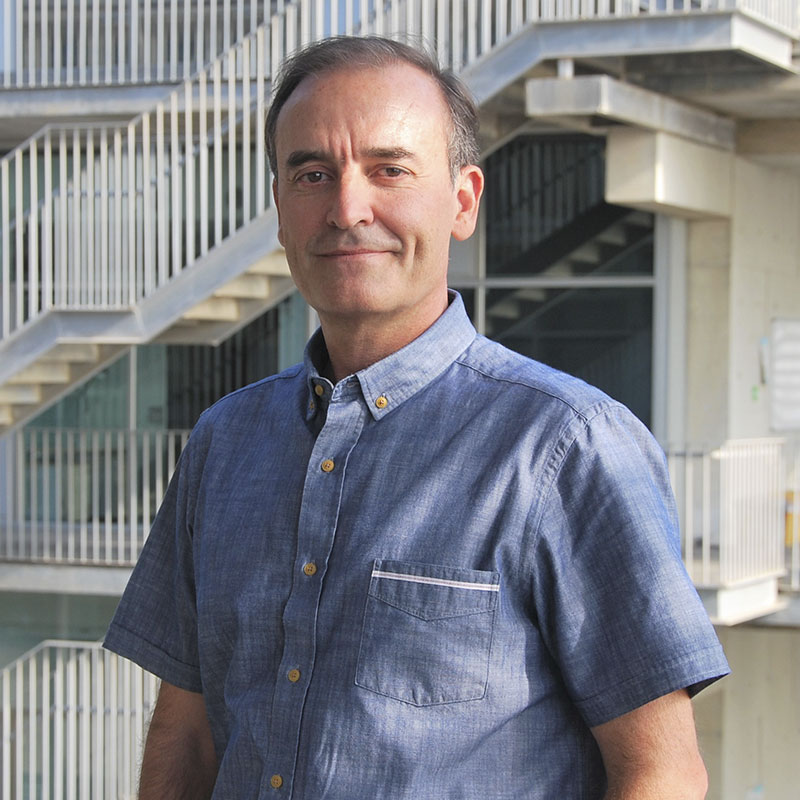
"The use of social networks as a teaching element will take on an increasingly central role in the classroom"
Miguel Ángel Mayer, Departament of Experimental and Health Sciences
The social networks can be applied in the academic arena in many different ways and their use as a teaching tool is now a reality. Prestigious universities and internationally renowned scientific journals use them to disseminate scientific knowledge and encourage participation, providing opportunities for innovation and the development of improved capacities for virtual teaching. These tools give students greater autonomy and facilitate collaborative work and teaching interactions between students and teachers.
The use of the social networks as a teaching element will take on an increasingly central role in the classroom, which will require current teaching strategies and pathways to be redefined, specific training for students and teaching staff in how to use them and an effort on the part of universities to adapt to this new scenario.
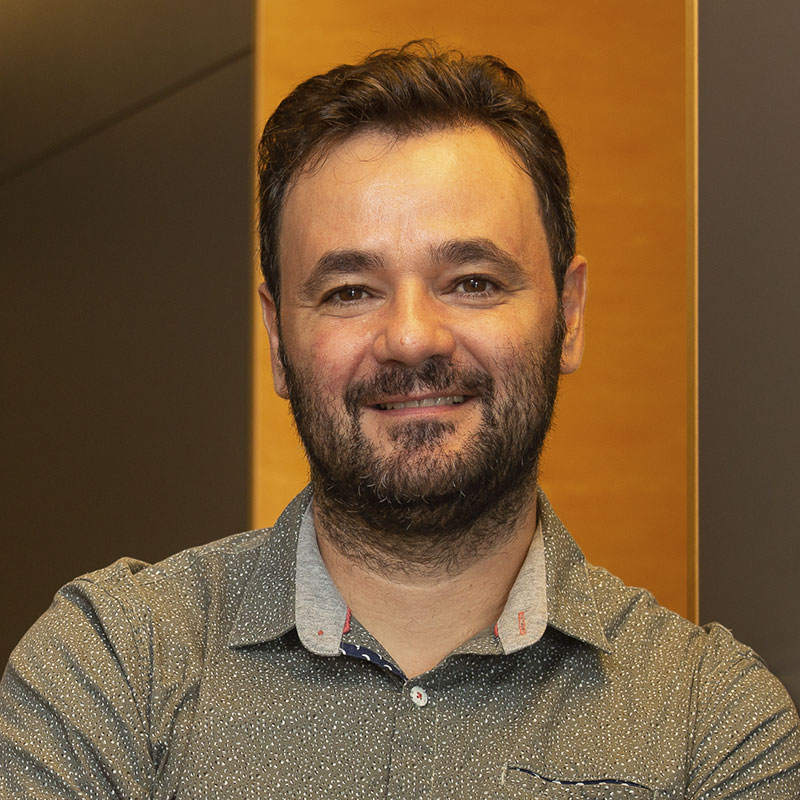
“Today's social networks are platforms in constant evolution, which mutate based on the needs of their milions of users”
Frederic Guerrero-Solé, Departament of Communication
The social networks have had an enormous impact on academic activity from very different perspectives. In my case, they have become my preferred subject for my research and have enabled me to acquire knowledge regarding the behaviour of individuals in network-based political debates, among many other matters.
As for their future evolution, it’s hard to say. Today’s social networks are platforms in constant evolution, which mutate based on the needs of their millions of users, the demands of their business models and the social and political pressures arising from criticism regarding fake news, hate speech and the biases of decision-making algorithms.
But, independently of what form they adopt in the future, the social networks will form an integral part of our lives and our work, and their technological evolution will be a key factor in determining how we implement our teaching. Furthermore, their study will continue to be relevant in the field of communication. Researchers can extract a vast amount of information from them for our work. Likewise, we need to strengthen our role as critical observers of the function they adopt in our society and the abuses that can be committed based on the analysis of our personal data, or the aforementioned biases, which can have serious repercussions on a social, political or economic level.
UPF, on the social networks since 2006
-
Is born

-
Is born

-
Is born
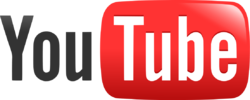
-
Is born

-

Creation of the UPF profile on Youtube
UPF - Barcelona
-

Creation of the UPF page on Facebook
@UPFBarcelona
-
Is born

-

Creation of the UPF profile on Twitter
@UPFBarcelona
-

10K followers on Facebook
-

10K followers on Twitter
-

Creation of the UPF profile on Instagram
@UPFBarcelona
-

Creation of the UPF page on Linkedin
Universitat Pompeu Fabra
-

30K followers on Linkedin
-

20K followers on Facebook
-

60K followers on Linkedin
-

30K followers on Facebook
-

20K followers on Twitter
-

5K followers on Instagram
-

90K followers on Linkedin
-

10K followers on Instagram
-

30K followers on Twitter
The presence of UPF on the social networks dates back to 2006 with the launch of the University’s YouTube channel. Since then, the University has introduced the main platforms (Facebook, Twitter, Instagram, Linkedin, Flickr, ISSUU, Periscope, Spotify...) with different profile typologies (institutional or subject-based). This has made their management increasingly complex.
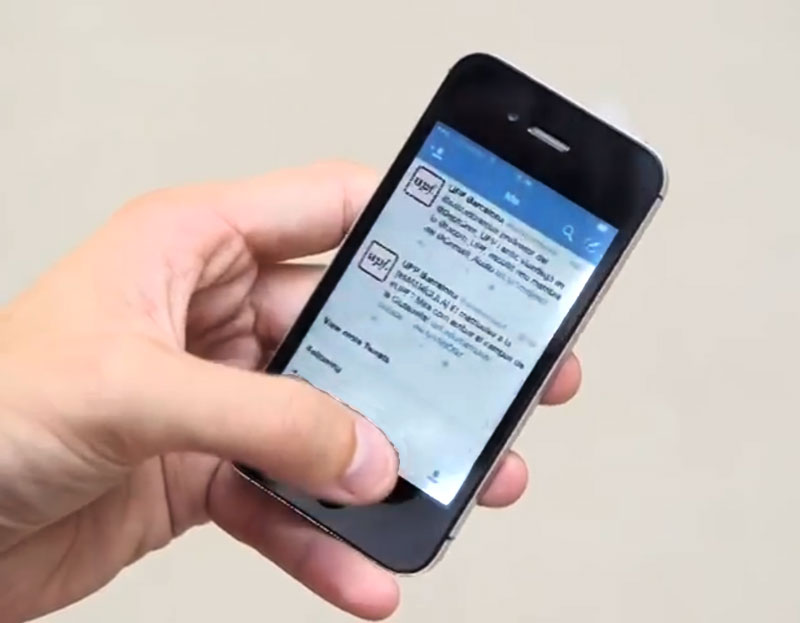
The increase in the University’s visibility has shown how important it is to communicate properly on these platforms, leading to the redefinition of the University’s strategy in order to reach a series of different goals.
To face these new challenges, UPF decided to professionalise the area and devote specific resources to its management. It is worth remembering that the University’s image is also created through the social networks. It was therefore essential to draw up a strategy that enables UPF’s identity to be transmitted to all publics, including those that reach it through these platforms.
The element which dictates our work in the long term is the attainment of the goals of the University’s 2016-2025 strategic plan, a document that clearly outlines UPF’s mission:
-
To provide training based on a rigorous, innovative and personalised education model.
-
To become a prominent research university and achieve international leadership.
-
To promote innovation and social transformation, beyond the walls of the institution.
-
To promote the commitment to culture and become a “think tank” for new ideas.
The UPF ecosystem in the networks is made up of more than one hundred profiles, institutional and thematic, that represent Faculties, Departments, research groups or services of the University. In addition, the affiliated centers also have a presence, with around fifty profiles. The full list can be found in the social networks directory of the UPF.
This increase in the visibility of the University demonstrates the importance of communicating correctly in these platforms and, therefore, the strategy has been reconsidered to obtain desired results.
From this mission stems a series of values that have been taken into account when preparing and implementing the University’s social network plan of action, a document that guides UPF’s presence on these platforms: pluralism; autonomy; dynamism; commitment; fairness; rigour and accountability.
The main goals that define this plan are in keeping with the desire to increase the University’s visibility around the world; promoting contact with members of the university community and alumni outside of the conventional channels; making the University’s presence known for future students and staff and strengthening the institution’s brand and prestige.
The use of three working languages at UPF (Catalan, Spanish and English) in the publication of content on the social networks, a main focus of the University’s efforts over the last two academic years, has helped to broaden the institution’s area of influence and recognition, beyond our borders. Current data on the followers of our institutional profiles from outside of Spain clearly demonstrate this:
Furthermore, the results obtained until now as regards our growth in followers have been highly satisfactory. UPF has achieved significant indicators with respect to other universities in its near environment.
The number of followers of the University’s main social platforms is 11.65 larger than the UPF community (understood as the community of students, teaching and research staff and administrative and service staff). This statistic is worth highlighting bearing in mind that UPF is one of the smallest and youngest universities in the Catalan university system.
UPF
Followers/ community ratio
11.65
Followers on social networks: 174.500
University community:14.973
UB
Followers/ community ratio
8.64
Followers on social networks: 513.200
University community: 59.431
UdG
Followers/ community ratio
6.60
Followers on social networks: 89.800
University community: 13.607
UAB
Followers/ community ratio
6.25
Followers on social networks: 251.000
University community: 40.181
UPC
Followers/ community
4.68
Followers on social networks: 167.900
University community: 35.872
URV
Followers/ community ratio
4.40
Followers on social networks: 68.350
University community: 15.549
UdL
Followers/ community ratio
2.6
Followers on social networks: 35.900
University community: 13.827
Followers: the total number of followers of institutional profiles on Facebook, Twitter, Instagram, Linkedin and Youtube on 10 September 2018.
Community: total number of students, teaching and research staff and administrative and service staff. Data extracted from university websites.
But beyond the volume of followers on the social networks, the level of participation is the main qualitative element to consider. Also known by its English term, engagement, this is the relation between people who have seen a post and the reactions it has caused (the total number of likes, shares and comments).
The challenge in the coming years is to consolidate UPF’s visibility and growth on the main platforms and adapt to the future changes which will undoubtedly take place in this area. And we’ll do this with the explicit intention of fostering dialogue with our public, an essential element for bringing the institution closer to society.
